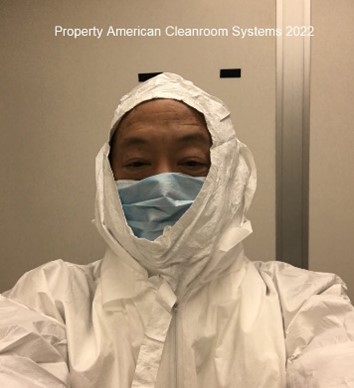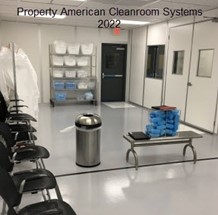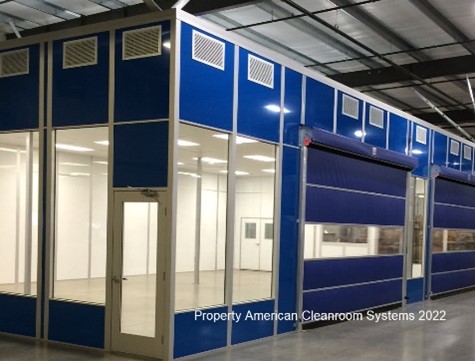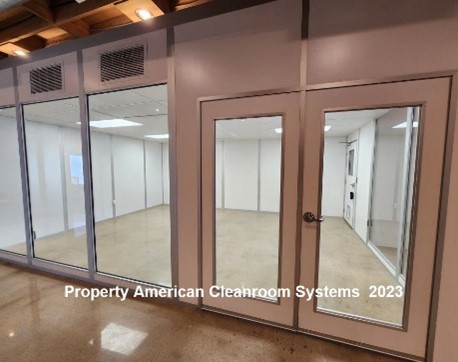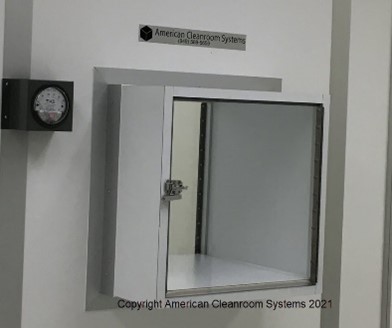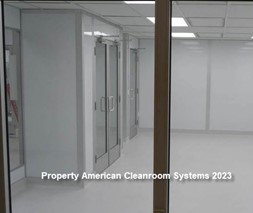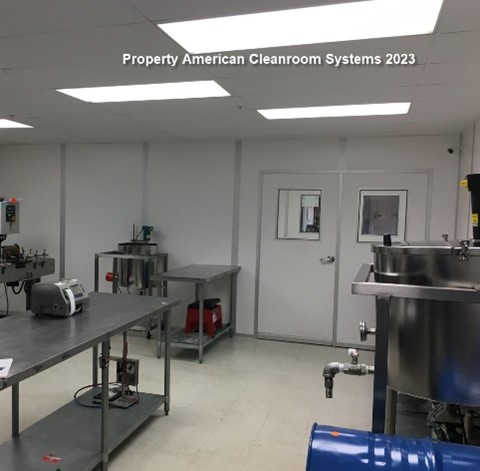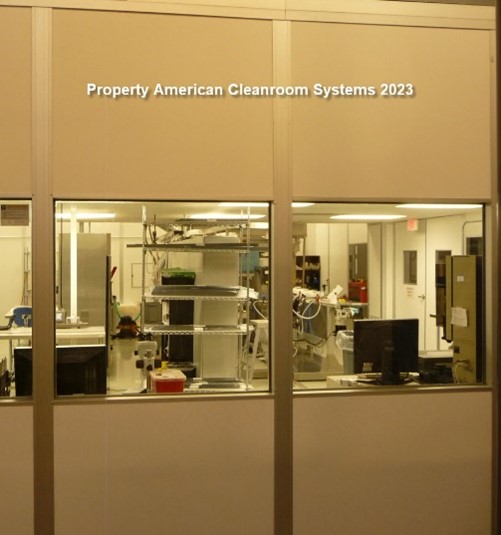You will be using your new cleanroom for many years, make sure you are happy with your cleanroom! Here is list of the seven most common cleanroom design mistakes and how to avoid them.
Number 1: Not enough cleanroom air conditioning. Cleanrooms are net heat generators and typically require a dedicated air conditioning. It is critical the cleanroom designer include process heat load, exhaust cfm, lighting heat load, HEPA fan filter unit heat load, and personnel heat load in the sizing of the cleanroom air condition system. Failure to do so will result in a hot uncomfortable cleanroom. Cleanroom personnel typically wear cleanroom jackets, head coverings and booties so they are very temperature sensitive.
Number 2: Gown room is too small. Everybody entering and exiting the cleanroom uses the gown room to put and take off cleanroom garments. Failure to provide a large enough gown room will result in personnel waiting in line to enter the gown room while other personnel are getting garbed up. This can result in lost working time and frustrated workers. When designing your cleanroom gown room, be sure to take into account how many personnel will be working in the cleanroom and whether they will all be entering or exiting at same time (start of/end of shift.)
Number 3: No large doors for bringing in cleanroom equipment. Most cleanrooms hold large pieces of equipment that must be brought into the cleanroom. While modular cleanrooms allow panels to be removed to create temporary openings, it takes a couple hours to remove the panels. Be sure to know the size of the equipment going into the cleanroom and design large enough doors bring them in. Door options include standard cleanroom double doors, custom cleanroom double doors, sliding doors and motorized roll up doors.
Number 4: Not enough cleanroom windows. Cleanroom windows are invaluable for giving cleanroom tours without having to get garbed up and enter the cleanroom. In addition, windows allow management to easily oversee worker activity inside the cleanroom and step in if needed to help solve problems. Working in a cleanroom all day can be claustrophobic, so windows allowing cleanroom workers to see outside the cleanroom helps address this problem. Finally, adding floor to ceiling windows to a cleanroom can provide a high tech design feel that is useful for marketing and branding. It is important to take all these factors into account when deciding how many, what size, and the location of windows in a cleanroom.
Number 5: Forgetting cleanroom material pass thru’s. Planning how you will bring material into the cleanroom is an important part of most cleanroom designs. Otherwise you may be forced to use your gown room as a material transfer area. Most gown rooms are not designed for efficient transfer of material plus you don’t want to introduce more contamination into where you store your cleanroom garments. Depending on size and volume of material being brought into and out of the cleanroom, your options will include wall pass thru’s, cart pass thru’s and roll up door pass thru’s. The common element is two sets of cleanroom doors – one leading inside the cleanroom and one leading outside of the cleanroom. Both doors are never open at same time to ensure that contamination cannot enter the cleanroom. Often the doors are mechanically or electronically interlocked to ensure they are never both open.
Number 6: Your cleanroom ceiling height is too low. It is important to look at all equipment that will be used in a cleanroom. It is common for mixing machines to load material from top of raised platforms or have top mounted mixing motors requiring clearance above mixing machine. Some semiconductor vacuum equipment feature a bell jar design that will raise upward to allow an operator to load product. While modular cleanrooms are easily and inexpensively modified to add more square footage, increasing the ceiling height of a modular cleanroom or stick-built cleanroom is very complicated and expensive. Be sure to choose the right height for your cleanroom. A taller cleanroom is not significantly more expensive but may be critical when you purchase that new piece of equipment in the future.
Number 7: Your cleanroom is too small. A very common mistake is to design your cleanroom to exactly fit the equipment you have today and not plan for the future. Often you will want to add more equipment, re-arrange the equipment, or bring in new processes. While modular cleanrooms are easily expanded, designing your cleanroom 10-20% larger than your current needs can allow you to delay that expansion.
Summary
The top seven mistakes in cleanroom design are not enough cleanroom air conditioning, small gown rooms, no large doors for bringing in cleanroom equipment, not enough cleanroom windows, forgetting material pass thru’s, cleanroom ceiling is too low, and cleanroom is too small. When planning your new cleanroom be sure to review these features.


